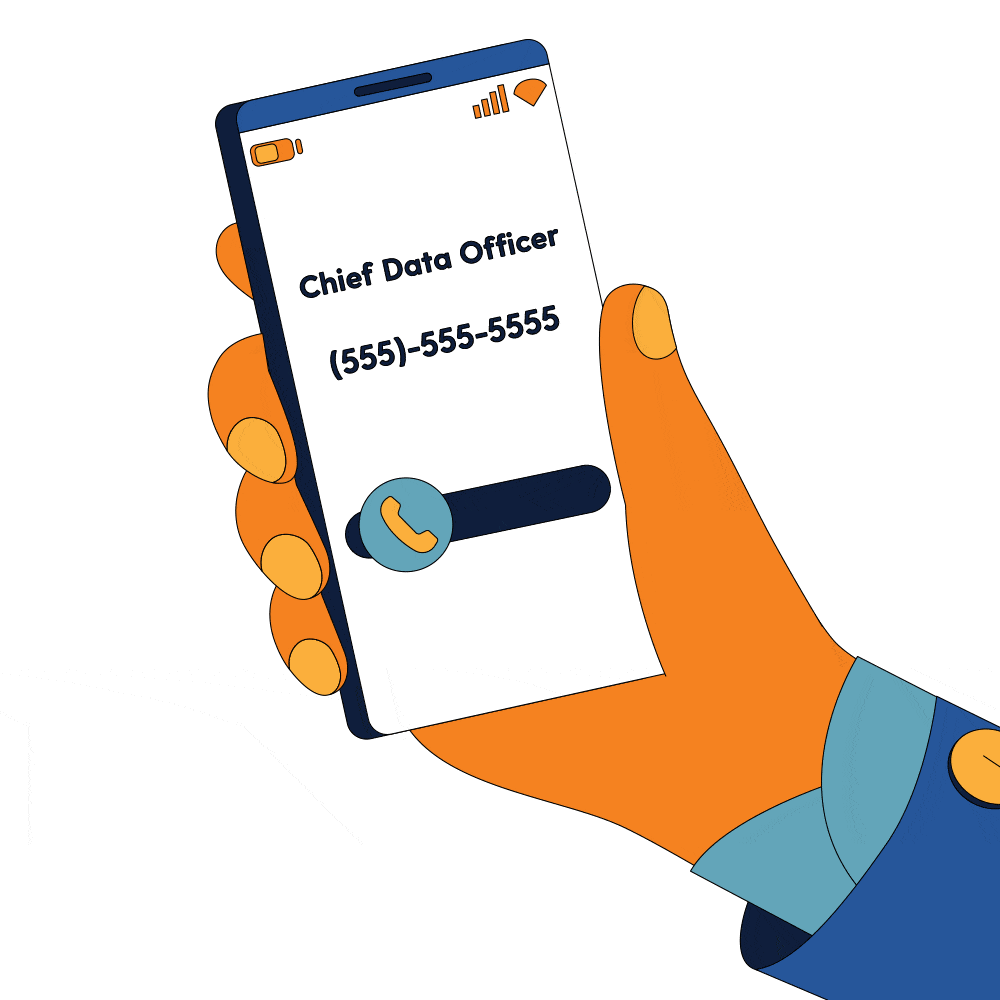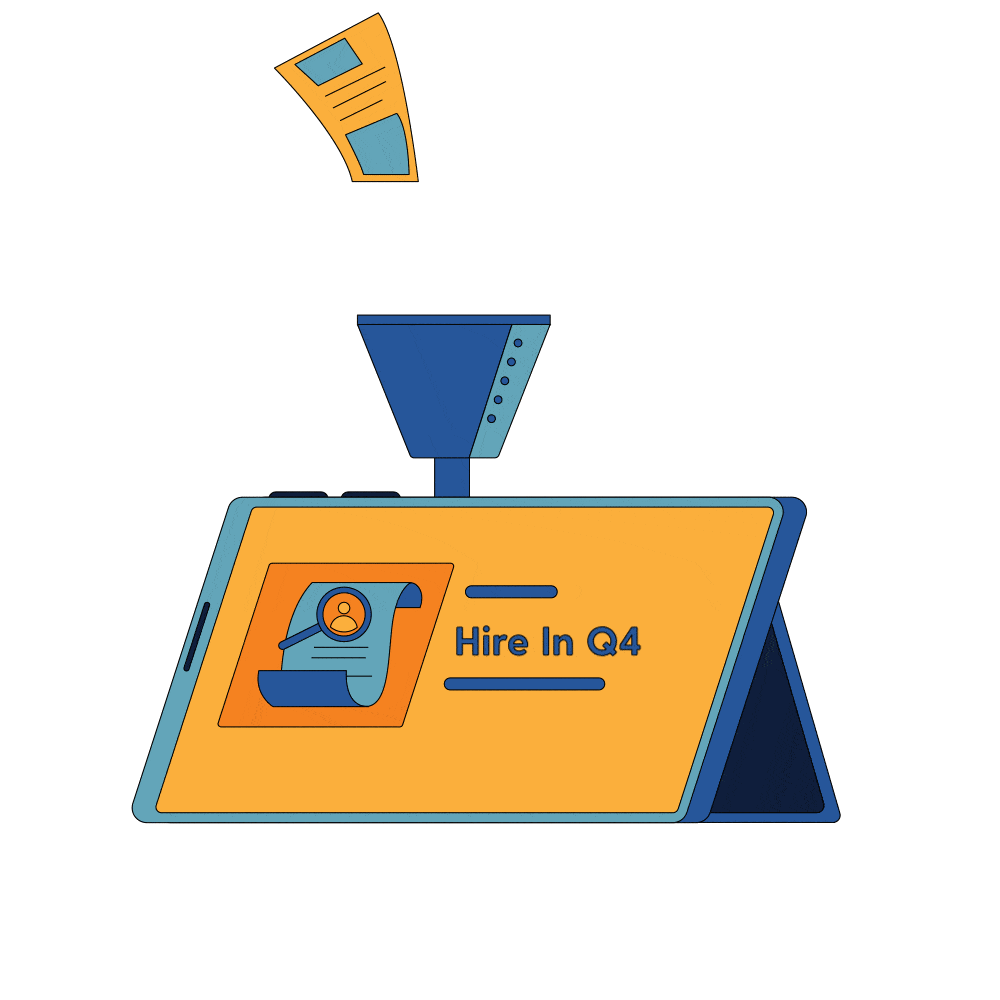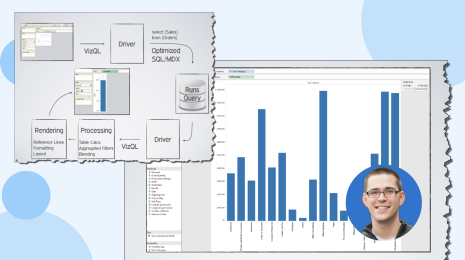What data collaboration looks like and how to achieve it
Editor's note: This article originally appeared in Forbes.
Data is inexhaustible—there’s more of it than we could ever imagine or use. But in important ways, it’s just like conventional raw material in that its value is derived from what becomes of it—not the individual data points themselves. A data stockpile, for instance, is of little interest or use.
It’s why Matthew Miller, product management senior director at Tableau, urges people not to assume that every pretty data dashboard yields useful results.
“As much as we love data, and we love insights, insight alone doesn’t transform organizations,” he said. “And no one is measured on how many dashboards they’ve looked at, or how many dashboards they produce, or how many petabytes are in their data warehouse. It’s about driving organizational performance.”
By putting people in the right circumstances—with the right tools and access to the right data—organizations can do amazing things. That was clear in the early months of the Covid-19 response, when organizations with people who could make informed decisions, despite uncertainty and rapidly changing circumstances, had an advantage. Even as organizations compressed years of digital transformation roadmaps into the span of just a few weeks or months, they were able to make choices that outmaneuvered competitors in the most crucial moments.
Leaders can build on those lessons by laying the cultural foundation for productive and valuable collaboration around data. It’s there, and not in data lakes or stylized visuals, that the real coin is minted.
To understand data collaboration, think about caller ID

In the beginning of wired phone service, phone companies kept meticulous databases of customers and phone numbers. They used this data internally to bill customers, route calls and provide value-added services, including phone books and operator-assisted number lookup. Monthly bills would typically list every number called over the span of a month in case that look-back analysis might be of use.
Then caller ID came onto the scene. Caller ID didn’t create any new data. It simply presented existing data to a user in a timely fashion at a decision point: Tell me who is calling so I can decide if I want to answer. Telephone users didn’t have to make a big change to their workflow to use this information—today it appears on a phone’s screen as a matter of course. Nobody has to push additional buttons or perform a special data lookup.
The end user gets a valuable piece of information at the precise moment they have reason to ask. This outcome should be a goal of every organization seeking to instill a productive data culture, said Richard Starnes, principal in Deloitte’s analytic and cognitive offering, who consults with Deloitte clients on analytics and business-intelligence solutions.
“Turning into a data-driven organization means you have got to figure out a way to get that data unencumbered into the hands of the people that can be creative and effective with it,” he said.
Hallmarks of data harmony
Getting data into the hands of people who will know exactly what to do with it starts with building sensible workflows. And for an organization to use data persuasively, the output may come closer to resembling a snapshot than a complex workbook.
Here are three traits that are found within data-driven companies:
- A Virtuous Cycle Of Input And Output.
Miller recommends boiling down the analytical cycle to a repeatable process: A piece of information provokes an action, which kick-starts a process, which produces a new piece of data, which provokes an action. Analytics processes that don’t fit this mold are possible and can be valuable, but if those are the rule rather than the exception, it may be a sign that low-hanging fruit is being left unpicked.
- Data Workflows That Reflect How People Already Work.
The best data-driven processes should support and enhance the jobs and responsibilities of the people engaging with them, and simplify the typical problems they are trying to solve on a daily basis. “Human patterns of collaboration illuminate how to design data systems for harmony,” said David Gibbons, senior director for analytics at Salesforce. “The shape of the data can sometimes help you to understand who your team is going to connect and interact with in order to complete their work more effectively. And a flexible data platform that lets you embed analytics wherever they are needed in the middle of those collaborations will maximize success and increase data harmony in the process.”
- Insights That Are Easy To Consume.
Instead of using complex, multi-tab workbooks to express key findings, some organizations are producing simple dashboards that are easily consumable for every level of understanding. They’re also taking advantage of features that allow them to track key metrics, kind of like how you would track stocks in an investment portfolio. And for those who are primarily focused on answering “what should I do with this information?”, artificial intelligence can help translate complex data into immediate next steps. “Not every business user wants to see the full data set. AI features are now built into BI [business intelligence] platforms, so users can get specific recommendations to help them make faster decisions. This results in benefits like closing deals faster or resolving customer cases with higher satisfaction,” Gibbons said.

Leader’s checklist: 4 steps toward data success
Data success comes more easily if senior leaders make it a priority and show in their own work how analytics should be used to drive business outcomes.
1. Share and leverage the knowledge of others
One of the obstacles to effective collaboration around data is grading yourself against your peers. In other fields, it’s easy to rate and clone processes that lead to low manufacturing defect rates or efficient supply chain execution. Data is more slippery, and so the sources and skill sets that serve one team or company best might not work the same way at another.
Overcome these challenges by ensuring that your data collaboration efforts are as inclusive as possible, bringing collaborators into the fold early to discuss and improve processes and outcomes. Starnes said IT is typically best positioned to support the bottom-up work of making data platforms efficient, effective and credible, while business leadership can work from the top down to put the money and strategic support behind the last mile of data delivery and collaboration.
2. Cater to a wide range of knowledge and talent
Giving every employee access to seemingly limitless data sources and analytical tools won’t turn them all into equally effective knowledge workers. Although that approach may serve trained data scientists and can help data savants bubble up to the surface, it’s not the most effective or coordinated way to collaborate.
“There are plenty of organizations that have failed despite having massive data warehouses and big analytics investments,” Miller said.
Instead, ask your talented employees to articulate the problems they need data to solve, and have the experts focus on ways to help them.
3. Create spaces where contributors can seek advice
Instead of putting more training hours on people’s calendars, create spaces that encourage employees to ask questions. These can be virtual spaces for teams, or drop-in clinics, of sorts, with a rotating cast of collaborators who can bring a wide range of skills to the table.
Whatever platform is used to create the space where a data community can convene, it’s crucial that it’s flexible. As we learned from this year’s sudden shift away from commuting, business travel and office usage, data consumption trends and analytical needs will change. In 2019, trends emphasized pushing more data to smaller screens and mobile devices. But over the past several months, the share of data consumed at desktop screens has climbed considerably.
4. Make data easy to question and validate
Many dramatic stories of data and analysis focus on a game-changing realization or an unanticipated surprise. The real world is more prosaic. The truth is that data is frequently used to confirm well-founded intuitions and assumptions.
“Most executives have a gut sense of how they’re doing, and when they see the analytics, they aren’t often all that surprised,” Miller said. “So if they see a number and wonder where it came from, you need to be able to track it back to the source.”
One effective way to ensure that happens is to put a human face on every piece of data and analysis exchanged. You can do this by certifying data sources—effectively putting a mark of approval to show the data is up-to-date and trustworthy. And there should be cultural support and incentives for providing timely responses and explanations, so that decisions aren’t stalled and insights aren’t discarded by users who don’t have time to wait for the explanation.
Discovering the crucial facts and most valuable insights is a collaborative process.
Ask contributors how data and analysis played a role in a recent success. Discuss the most-loved and least-loved data experiences and search for common threads.
Learn how to empower more people with data and explore stories of data-driven collaboration.








